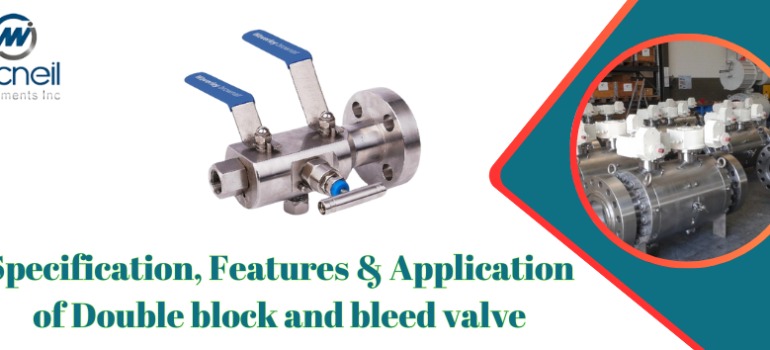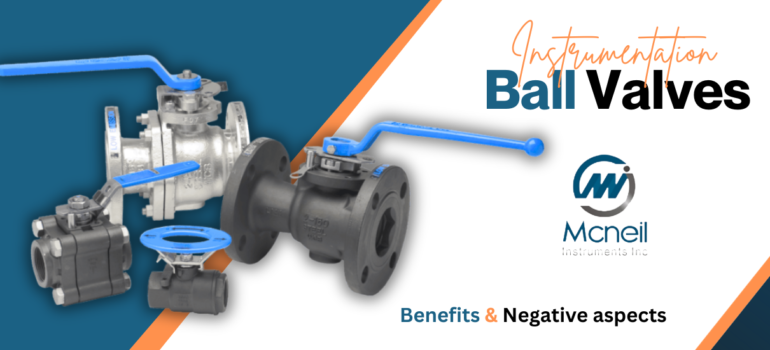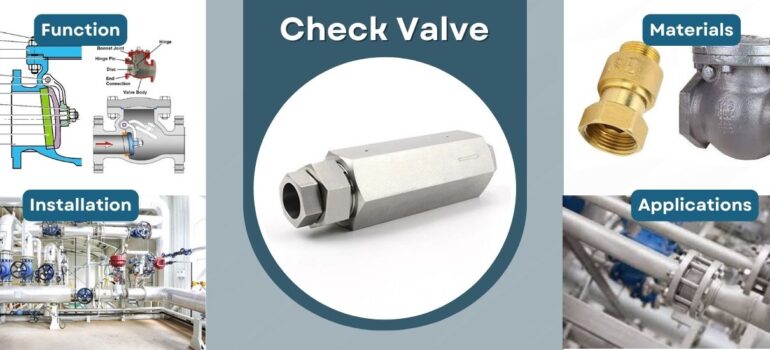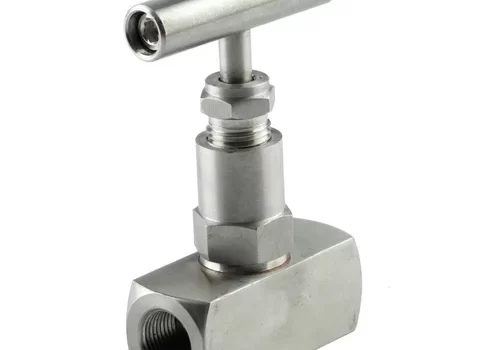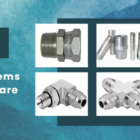Fundamental knowledge of Gauge Cock Valve
In industrial settings, precision and safety are paramount. One of the critical components ensuring both is the gauge cock valve. This essential valve helps monitor and control pressure levels in various systems, providing a safeguard against potential hazards. In this comprehensive guide, we’ll delve into the intricacies of gauge cock valves, exploring their functions, types, and common troubleshooting techniques.
What is a Gauge Cock Valve?
A gauge cock valve is a type of valve used primarily to isolate pressure gauges from a process system. It allows for the safe removal or replacement of pressure gauges without needing to depressurize the entire system. By controlling the flow of fluids or gases, gauge cock valves help maintain accurate pressure readings, ensuring the safety and efficiency of industrial processes.
Functions of a Gauge Cock Valve
Gauge cock valves serve several essential functions:
- Isolation: They isolate the pressure gauge from the process system, allowing for maintenance or replacement without system shutdown.
- Pressure Monitoring: They help monitor the pressure within a system, ensuring it remains within safe operating limits.
- Safety: By providing a controlled method to release pressure, gauge cock valves help prevent overpressure situations that could lead to equipment failure or accidents.
- System Integrity: They maintain the integrity of the system by preventing contaminants from entering the pressure gauge.
Gauge Cock Valve Specification
| BRAND NAME | TU-LOK |
| VERSION | DIN 16261, DIN 16262, DIN 16263 |
| VALVE SIZE | 1/8″ TO1/2″ |
| THREAD | NPT, BSPP, BSPT, JIC, METRIC, UNF |
| PRESSURE GAUGES COCK CONNECTION | FEMALE X FEMALE, MALE X MALE, MALE X FEMALE |
| FUNCTION | 2 WAY, 3 WAY |
| BODY SHAPE | SQUARE, ROUND, HEXAGON |
| PRESSURE GAUGES COCK BODY TYPE | BAR STOCK, FORGED |
| PRESSURE GAUGES COCK MATERIAL | SS 316, SS 304, SS 316 TI, COPPER, BRASS, DUPLEX, CS, INCONEL, SUPER DUPLEX, HASTELLOY, MONEL, ALLOY 20, SMO 254, 904L, TITANIUM & ALL OTHER ALLOYS |
Types of Gauge Cock Valves
Gauge cock valves come in various types, each designed to meet specific requirements and applications. The most common types include:
- Straight Pattern Gauge Cock Valves: These valves have a straight-through design, allowing for direct flow and straightforward operation. They are commonly used in systems where space is not a constraint.
- Angle Pattern Gauge Cock Valves: Featuring a 90-degree angle, these valves are ideal for systems with limited space. They provide easy access to the pressure gauge and are often used in confined installations.
- Three-Way Gauge Cock Valves: These versatile valves have three ports, allowing for multiple connections. They are used when there is a need to connect the pressure gauge to different parts of the system or to vent pressure safely.
- Safety Gauge Cock Valves: Designed with additional safety features, these valves help prevent accidental release of pressure. They are equipped with locking mechanisms or other safety devices to enhance operational safety.
Materials Used in Gauge Cock Valves
Gauge cock valves are manufactured from various materials to suit different applications and environments. Common materials include:
- Brass: Known for its durability and resistance to corrosion, brass is a popular choice for gauge cock valves used in water and steam applications.
- Stainless Steel: Stainless steel valves offer excellent resistance to corrosion and high temperatures, making them suitable for harsh industrial environments.
- Carbon Steel: These valves are used in high-pressure and high-temperature applications due to their strength and durability.
- Plastic: In some low-pressure and non-corrosive applications, plastic gauge cock valves are used for their cost-effectiveness and chemical resistance.
Installation and Operation
Proper installation and operation of gauge cock valves are crucial for their performance and longevity. Here are some key considerations:
- Installation:
- Ensure the valve is compatible with the system’s pressure and temperature ratings.
- Use appropriate sealing materials to prevent leaks.
- Position the valve for easy access to the pressure gauge and maintenance.
- Follow manufacturer guidelines for installation torque and procedures.
- Operation:
- Before opening the valve, ensure that the system is depressurized to prevent accidents.
- Gradually open the valve to avoid sudden pressure surges.
- Regularly inspect the valve and pressure gauge for signs of wear or damage.
- Follow a routine maintenance schedule to ensure the valve’s reliability.
Common Issues and Troubleshooting
Despite their robust design, gauge cock valves can encounter issues that affect their performance. Here are some common problems and troubleshooting tips:
- Leakage:
- Cause: Worn-out seals or improper installation.
- Solution: Replace damaged seals and ensure proper installation. Regularly inspect and maintain the valve.
- Blocked Flow:
- Cause: Debris or buildup inside the valve.
- Solution: Clean the valve regularly to prevent blockages. Install filters to reduce debris in the system.
- Inaccurate Pressure Readings:
- Cause: Malfunctioning pressure gauge or valve.
- Solution: Calibrate or replace the pressure gauge. Inspect the valve for wear and tear and replace if necessary.
- Difficulty in Operation:
- Cause: Corrosion or mechanical damage.
- Solution: Apply appropriate lubricants to moving parts. Replace the valve if corrosion or damage is extensive.
Maintenance Tips
Regular maintenance is essential to ensure the optimal performance and longevity of gauge cock valves. Here are some maintenance tips:
- Routine Inspections:
- Conduct visual inspections for signs of leaks, corrosion, or damage.
- Check for proper operation of the valve and pressure gauge.
- Cleaning:
- Clean the valve and surrounding areas to prevent debris buildup.
- Use appropriate cleaning agents that do not damage the valve material.
- Lubrication:
- Apply lubricants to moving parts to ensure smooth operation.
- Use lubricants recommended by the valve manufacturer.
- Seal Replacement:
- Regularly inspect and replace seals to prevent leaks.
- Use high-quality seals compatible with the system’s operating conditions.
- Calibration:
- Periodically calibrate pressure gauges to ensure accurate readings.
- Replace gauges that are out of calibration or show signs of malfunction.
Applications of Gauge Cock Valves
Gauge cock valves are used in a wide range of industries and applications, including:
- Steam Systems:
- Monitoring and controlling steam pressure in boilers and steam distribution systems.
- Water Supply Systems:
- Ensuring accurate pressure readings in water treatment and distribution networks.
- Oil and Gas:
- Monitoring pressure in pipelines, storage tanks, and processing equipment.
- Chemical Processing:
- Controlling and monitoring pressure in chemical reactors and processing units.
- HVAC Systems:
- Ensuring proper pressure levels in heating, ventilation, and air conditioning systems.
- Power Generation:
- Monitoring pressure in power plants and turbine systems to ensure safe and efficient operation.
Advantages of Using Gauge Cock Valves
Gauge cock valves offer several advantages that make them indispensable in industrial applications:
- Safety: By allowing safe isolation of pressure gauges, these valves help prevent accidents and ensure the safety of personnel and equipment.
- Accuracy: They enable accurate pressure monitoring, which is critical for maintaining optimal system performance.
- Durability: Made from robust materials, gauge cock valves are designed to withstand harsh operating conditions, ensuring long service life.
- Versatility: Available in various types and materials, these valves can be used in a wide range of applications and industries.
- Ease of Maintenance: Simple design and easy access make gauge cock valves straightforward to maintain and service.
Gauge cock valves play a vital role in maintaining the safety, accuracy, and efficiency of industrial systems. By understanding their functions, types, and common issues, you can ensure their optimal performance and longevity. Regular maintenance and proper operation are key to avoiding problems and ensuring the reliability of these essential components. Whether you’re working in steam systems, water supply, oil and gas, or any other industry, gauge cock valves are indispensable tools for pressure monitoring and control.
By implementing the tips and guidelines provided in this guide, you can ensure that your gauge cock valves operate smoothly and effectively, contributing to the overall success and safety of your industrial operations.



